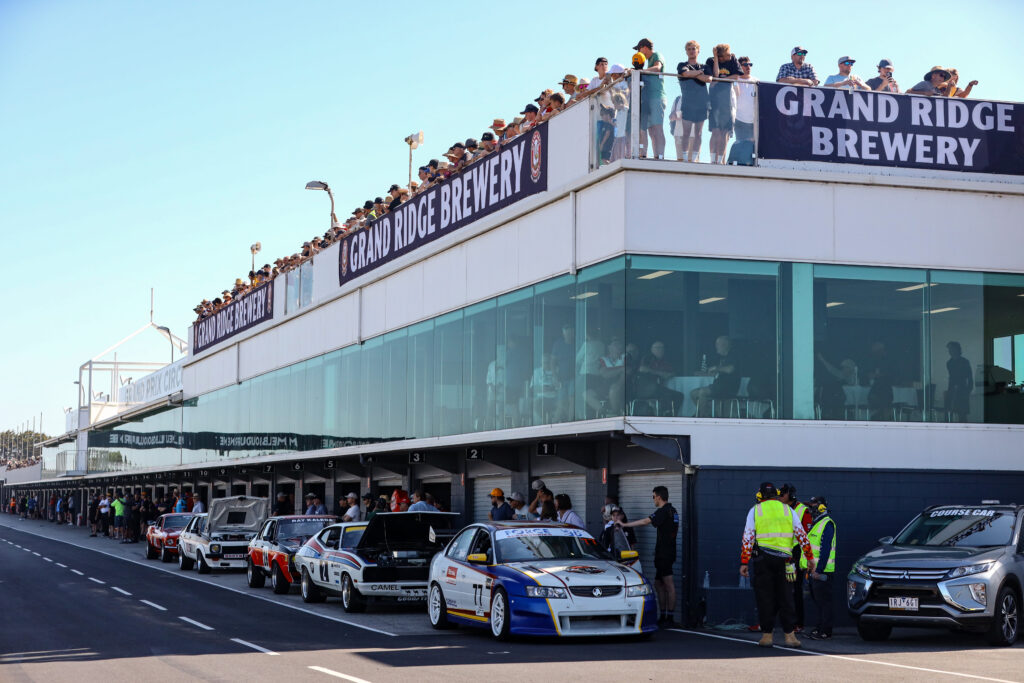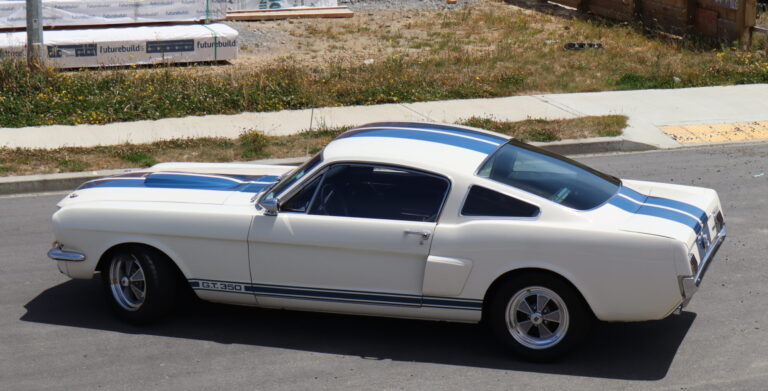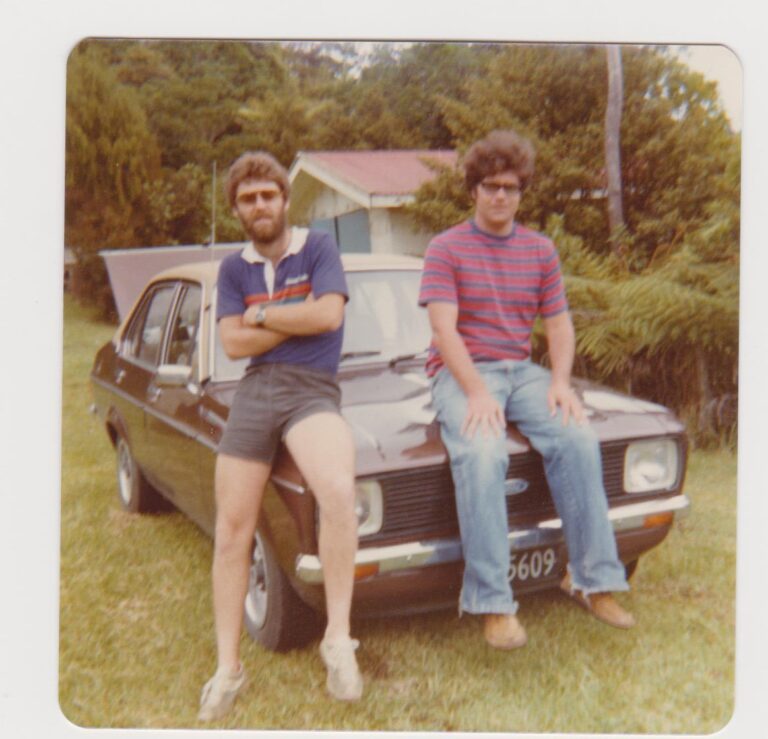After a number of years of being impacted by COVID the Victorian Historic Racing Register’s Phillip Island Classic Festival of Motorsport was back to its brilliant best.

There were a handful of late withdrawals but entries still topped 410 across ten categories. The skies over the island and the sea were clear blue with temperatures in the mid-thirties Celsius on each of the three main days.
A large number of entrants took advantage of the track being open for practice on Thursday and, to the organisers surprise and delight a significant number of spectators attended. Perhaps they had checked the forecast for the weekend and decided to see the cars in the relative cool of the practice day.
This year there were overseas drivers in the form of a contingent of 12 Kiwis who launched an invasion across the Tasman. Ten of these entries were Formula 5000s contesting the season’s fourth round of the Tasman Cup Revival series. With Australian entrants there were a total of 21 F5000s. The other two Kiwi entries were McLaren CanAm cars. These CanAm M8Bs would be joined by the four New Zealand McLaren M10As and Bs and Australian owned McLarens at the Australian Grand Prix two weekends after Phillip Island for the Bruce McLaren & the Tasman Era feature/tribute. Five of the New Zealand F5000s will be shipped to England to compete at Brands Hatch.
In addition to the F5000s the organisers headlined two very different race cars — the Ferrari 250LM and the Holden Torana L34.
The stunning Pininfarina designed 250LM was a 1964 NART car, chassis number: 5909 which in its day had been raced by Jochen Rhindt, Umberto Maglioli, David Piper, John Surtees and Lorenzo Bandini. Spencer Martin, Australian Drivers Champion in 1966 and 1967, was Patron of the event. Martin successfully raced a Ferrari 250LM for David McKay’s Scuderia Veloce team. Martin drove the 250LM on the parade laps before the start of the sports car races. The car’s owner/custodian ran the car in the Regularity events over the weekend.
Regularity events allow cars to be exercised on the track without the cut and thrust of racing. Each driver nominates a lap time then tries to consistently achieve that time. A field of 59 cars ran in each of these Regularity events with a dazzling selection of vehicles. In addition to the LM250, amongst many others there was a Ferrari 206SP; a Ferrari Daytona Group 4; a Ferrari P4 replica; a McLaren M8B; a lovely Alpine Renault A110; and a 1936 supercharged MG TA driven by 22-year-old Rachael Brown.

The fiftieth anniversary of the release of the Holden Torana L34 was the cause of its celebration. The car that won the 1976 Bathurst in the hands of John Fitzpatrick and Bob Morris was on display in the paddock. This car is particularly close to the heart of the Festival’s Chairman Ian Tate, as he built the engine. When I spoke with Ian he expressed his delight at having the Fitzpatrick/Morris car on display and the 40 other L34s that would celebrate the anniversary with on-circuit parades over the weekend.
The Phillip Island track has a slopping grassy area that runs for most of the length of the main straight. This is positioned several metres above the height of the track and as well as providing an excellent viewing area the organisers allocate sections along its length to car clubs to display members’ vehicles. This year 32 car clubs displayed a total of 1,100 cars — a magnificent sight as well as being an added attraction for the thousands of spectators who braved the very hot weather. There is a pavilion on that same stretch of the circuit that houses stalls offering books, models, enamel signs, parts and all manner of motoring bric-a-brac plus more car displays.
Kiwi Codie Banks dominated all the F5000 races in his Lola T332. For the first race he was joined on the front row of the grid by his father David in his Talon MR1.
Other events included a field of 46 Historic Formula Fords. There was a heavy representation of Van Diemens plus some Swifts, Lolas and Reynards then successful Australian cars — Elfin, Elwyn and GallowayAlthough Nicholas McBride ran away from the rest in his Swift to claim the Larry Perkins Cup, there was some excellent racing throughout the field.
In amongst the 45 Historic Touring Cars, George Miedecke enjoyed success in a Ford Sierra Cosworth in one race and came second to Bathurst winner Stephen Richards in his Nissan Skyline GTSR3 in another.
There were plenty of Ford versus Holden battles plus some entertaining racing in a field full of Mustangs, Chevrolet Camaros, Valiant Chargers and Holden Toranas.
The ‘Sir Jack Brabham Driver of the Meeting Award’ was presented to Codie Banks from New Zealand driving a Lola 332.
A second award, ‘The Don Kinsey Encouragement Award’ went to Abby Wingett, a junior member of the VHRR driving an Elfin Formula Junior.
By Sunday evening there were plenty of sunburnt but happy people leaving this picturesque and amazing Phillip Island Grand Prix international racing circuit.



